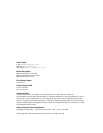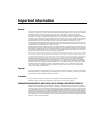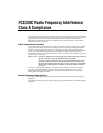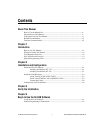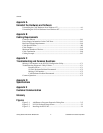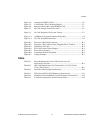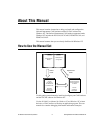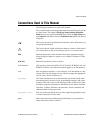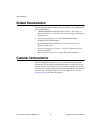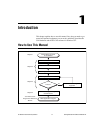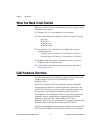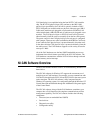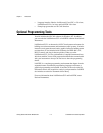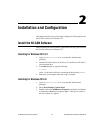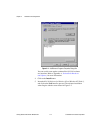
About This Manual
©
National Instruments Corporation xi Getting Started with CAN for Windows NT
Conventions Used in This Manual
The following conventions are used in this manual:
» The » symbol leads you through nested menu items and dialog box options
to a final action. The sequence File»Page Setup»Options»Substitute
Fonts directs you to pull down the File menu, select the Page Setup item,
select Options, and finally select the Substitute Fonts option from the last
dialog box.
This icon to the left of bold italicized text denotes a note, which alerts you
to important information.
This icon to the left of bold italicized text denotes a caution, which advises
you of precautions to take to avoid injury, data loss, or a system crash.
bold
Bold text denotes the names of menus, menu items, parameters, dialog
boxes, dialog box buttons or options, icons, windows, Windows NT tabs,
or LEDs.
bold italic Bold italic text denotes a note or caution.
CAN hardware CAN hardware refers to the PCI-CAN, PCI-CAN/2, PCMCIA-CAN, and
PCMCIA-CAN/2 in cases where the material applies to all the interfaces.
italic
Italic text denotes emphasis, a cross reference, or an introduction to a key
concept. This font also denotes text for which you supply the appropriate
word or value, such as in Windows 3.
x
.
monospace Text in this font denotes text or characters that you should literally enter
from the keyboard, sections of code, programming examples, and syntax
examples. This font is also used for the proper names of disk drives, paths,
directories, programs, subprograms, subroutines, device names, functions,
operations, variables, filenames, and extensions, and for statements and
comments taken from program code.
monospace italic
Italic text in this font denotes that you must supply the appropriate words
or values in the place of these items.
paths Paths in this manual are denoted using backslashes (\) to separate drive
names, directories, folders, and files.
!



